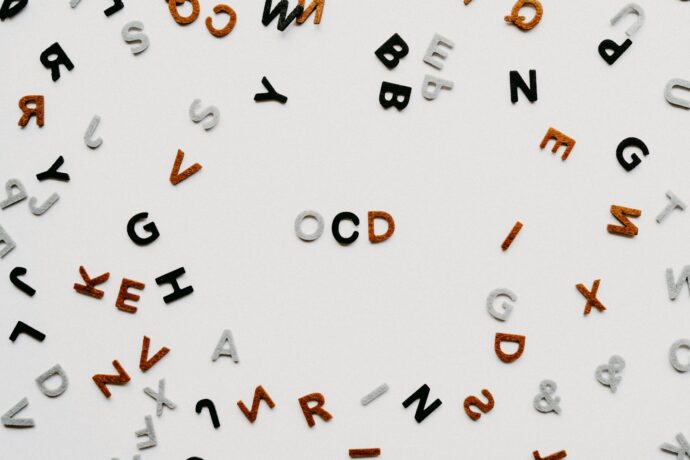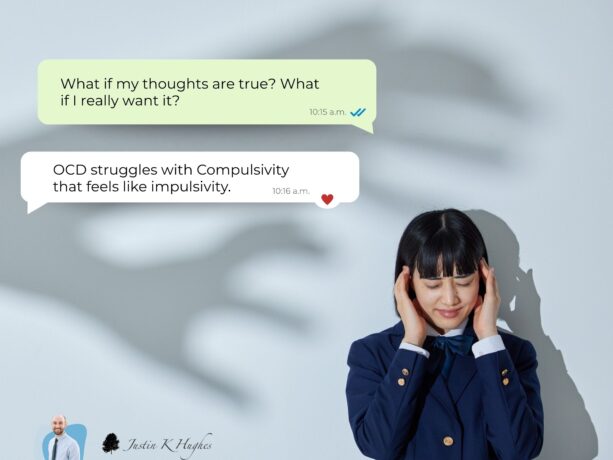
[Updated 2025, formerly the original article can be found here: “The 3 D’s in OCD Recovery“]
Did you know there are four ways to break OCD’s hold on you?
In ERP (Exposure and Response Prevention), we target one thing: facing distress without compulsion. That simple concept is hard to live out. Because OCD is one of the most disabling disorders on the face of this planet, it involves challenging layers. Expert clinicians can help, along with those in the support community (like OCD Gamechangers), to make the journey better. One shorthand reference I’ve developed in thousands of hours with clients who have OCD is the 4 D’s In OCD recovery:
Destroy
Diminish
Delay
Damage
Be Realistic With Human Growth and Learning
Exposure therapy is based on theories of learning, conditioning, and/or association (see a fuller description in my article here). Human learning is never complete—nor can any subject of complexity be mastered in one moment. Have you tried to master your OCD in an “exposure to end all exposures?” That doesn’t work, and if you’ve tried it, you undoubtedly know the pain of trying to end a formidable chronic illness in one day.
Here are some questions for you:
- Are you expecting yourself to get to the other side of something magically?
- Do you expect this in other areas of life? Work? Sports? Performance? Relationships?
- Is this realistic?
- What is the result?
Learning is a process, whether you’re simply trying to grow or address a disorder. It takes time.
Four Ways Forward
If you are doing ERP therapy and the target is to not compulse, I believe there are four realistic ways to do it.
Some things we are able to fully do at the moment (“Destroy“).
If you have sexually intrusive thoughts when you walk past someone and “sex” pops into your mind, you “destroy” the compulsion by not asking someone for reassurance or confess it as a problem. This is confronting the out-of-place intrusion and dealing with it outright.
Some things we are able to partly do in the moment (“Diminish”).
If you feel an urge to check your car to ensure you didn’t harm someone, you might find you have such a high urge and low willingness to do ERP, you might limit your checking (e.g., only mirrors, not getting out of the car). This is decreasing the level of the compulsion.
Some things we are able to hold off in the moment (“Delay”).
You may be terrifed you could have blasphemed God and find yourself ruminating—maybe you can’t commit at the moment to moving on, but you can delay thinking further about it. Some say, “delay to slay.”
Sometimes we will compulse, but the next moment is always new, so we can go break and break down our reliance on compulsion. (“Damage“).
Some people refer to this as “spoiling” the compulsion. A classic case-in-point is when someone compulses by asking reassurance if they made a mistake, such as sending a simple email at work. “Did I sound angry in my email?” If it’s “too late” and you already asked, no problem! Send another email, and do your exposures, which might be in this instance practicing an abrupt simple email without extra pleasantries. You’ve now thrown yourself back into the disciplined recovery work of facing a new trigger.
Four Roads To Get There
Let me know in the comments if I missed anything! I understand there are many aspects to treatment, and I’m not implying that this is all there is to it. Theoretically, in my mind, there are four ways you can go about treatment mastery over your compulsions: fully, partially, by delay, or making a comeback. As long as you are getting rid of compulsions over time—and quick enough before you add any new ones—you’ll be good to go.








Leave a Reply